IN THIS MONTH’S EDITION
SMART SUPPLEMENTS: THE DEVELOPMENT OF SUPPLEMENTS THAT UTILIZE SMART TECHNOLOGY

IN THIS MONTH’S EDITION
SMART SUPPLEMENTS: THE DEVELOPMENT OF SUPPLEMENTS THAT UTILIZE SMART TECHNOLOGY
INTERESTING HEALTH AND WELLNESS NEWS FROM AROUND THE WORLD ALSO INCLUDED IN THIS EDITION
LATEST HEALTH NEWS
THE DIFFERENCE BETWEEN AN INTROVERT AND AN EXTROVERT: THE MOST IMPORTANT SIGNS
THE IMPACT OF AIR QUALITY ON HEALTH
INTERMITTENT FASTING: HOW INTERMITTENT FASTING CAN BENEFIT
HEALTH AND PROMOTE ANTI-AGING
EVERYTHING YOU NEED TO KNOW ABOUT SPF: A COMPREHENSIVE GUIDE
DETOXIFYING YOUR HOME ENVIRONMENT: HOW TO CREATE A HEALTHIER SPACE FOR WELLNESS AND A LOT MORE!





Dear Readers,
Welcome to the July edition of Newgate Health - the monthly magazine that brings you the latest news in the health and wellness world. Our previous issues were a success and we are happy to be back this month with new and interesting content to share with health and wellness enthusiasts.
For this July 2024 edition, the Newgate team has worked hard to bring you the most original and interesting articles on everything health and wellness, including everything you need to know about smart supplements as well as everything you need to know about SPF. You’ll find a range of topics that will hopefully motivate you to hop on the health train with us!
In this edition, we also want to give you insights on the difference between an introvert and an extravert with topics on intermittent fasting: how intermittent fasting can benefit health and promote anti-aging.
As always, we thank all our readers for their interest and valuable feedback, and we look forward to your continuous engagement with our magazine. If you enjoy this magazine, feel free to share it with your friends and colleagues, and any feedback is always welcome.
The Newgate Health Team








NOMATTERYOURPROFESSIONORPASTIME, YOUOFTENFINDYOURSELFDEMANDINGMORE.
WEAREANASPIRATIONALSPECIES,ONETHAT THRIVESONSETTINGRECORDSANDSMASHING OUROWNRESULTS–ASWELLASTHOSEOF OURCOMPETITORS.
ATNEWGATE,WEUNDERSTANDHOWENERGY WORKS.EACHHYDRAULICSFLAVOURISA CAREFULCONCOCTIONTHATBLENDSFLAVOUR ANDFEROCITYINTOAPERFECTMEDLEY.
THERESULTISADELICIOUSDRINKTHAT ENABLESYOUTODELIVERMORE.









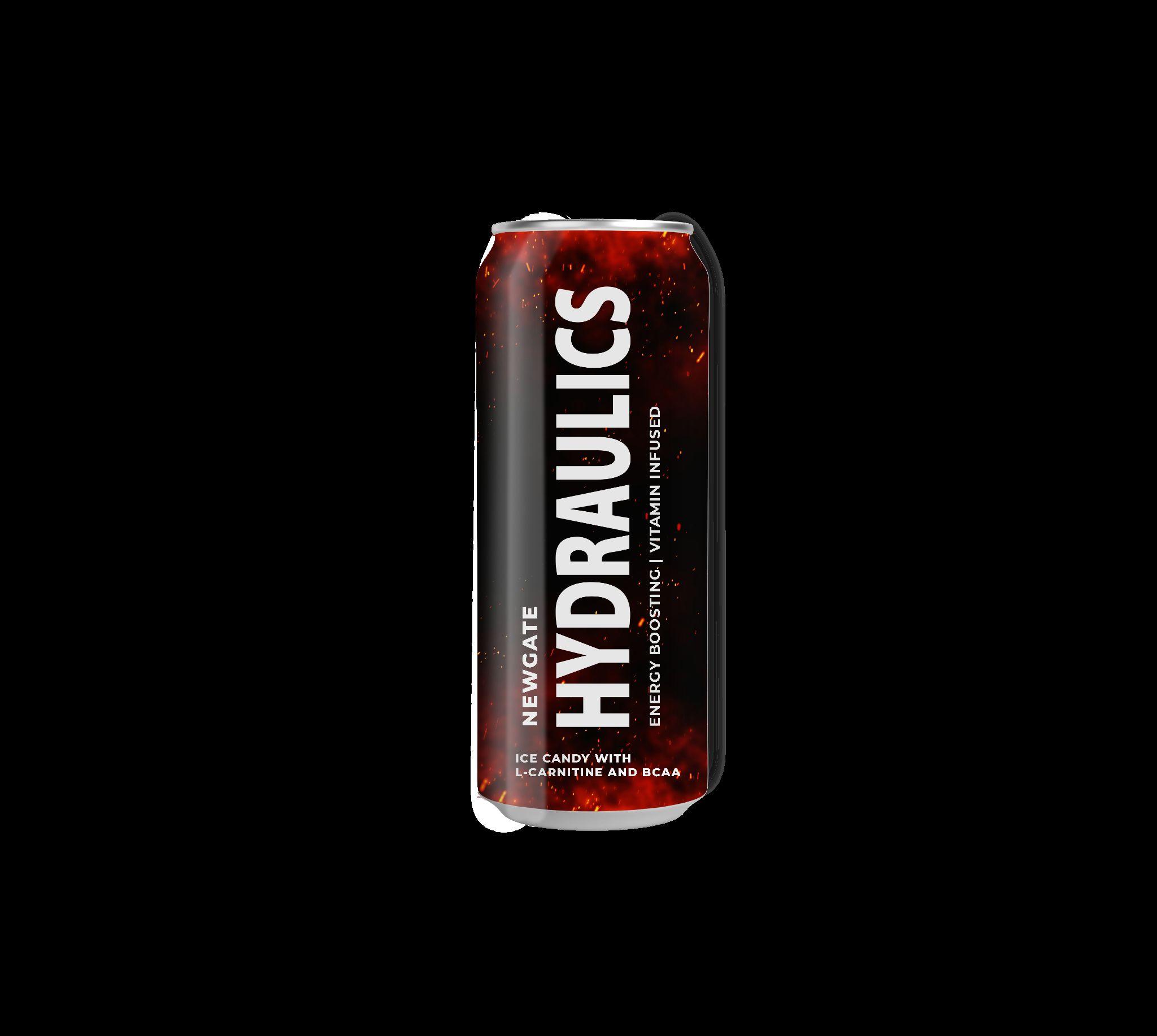





Nutritional supplements have become a significant component of health and wellness regimes worldwide. However, traditional supplements often face challenges such as suboptimal absorption, varying bioavailability, and a one-size-fits-all approach that fails to address individual needs. Smart supplements, leveraging advancements in smart technology, have the potential to revolutionize this sector ensuring precise delivery and improved absorption of nutrients tailored to individual requirements.
Smart supplements are an innovative category of dietary supplements that incorporate smart technology to enhance the delivery, absorption, and efficacy of nutrients.
Microencapsulation.
involves encasing nutrients in tiny, protective capsules. This technology can enhance the stability of sensitive nutrients, protect them from stomach acid, and ensure targeted in the intestines, where absorption is optimal.
Time-release Formulations.
technology ensures that nutrients are delivered steadily over time or at specific times when the body is most receptive. This method can improve the bioavailability and efficacy of the supplement, reducing the frequency of doses needed.
Biosensors.
implantable devices that monitor physiological parameters such as blood glucose levels, hydration status, or vitamin levels. When



making it easier for individuals to adhere to their nutritional plans. Enhanced compliance can lead to more consistent health benefits and reduced wastage.
Real-time Monitoring and Adjustment. The integration of biosensors and wearable technology allows for real-time monitoring of physiological parameters. This capability enables dynamic adjustments to nutrient delivery, ensuring that the body receives the right nutrients at the right time.
Technological Complexity. The development of smart supplements involves sophisticated technology and multidisciplinary collaboration. Ensuring the reliability, accuracy, and safety of these technologies is a significant challenge.
Regulatory and Ethical Issues. Smart supplements must comply with stringent regulatory standards to ensure safety and efficacy. Additionally, the use of personal health data raises ethical concerns regarding privacy and data security.
Cost and Accessibility. The advanced technology used in smart supplements may result in higher costs, potentially limiting accessibility for some individuals. Efforts are needed to balance innovation with affordability.
Consumer Education. Educating consumers about the benefits and proper use of smart supplements is crucial for their successful adoption. Misunderstanding or misuse of these products could undermine their effectiveness and safety.
The future of smart supplements is promising, with ongoing research and development aimed at overcoming current challenges and enhancing capabilities. Potential advancements include:
Integration with AI and Machine
Learning: Using AI to analyze data from biosensors and wearable devices to predict nutritional needs and optimize supplement formulations.
Advanced Delivery Systems more sophisticated delivery mechanisms, such as implantable devices that provide continuous nutrient delivery.
Expanded Applications: Exploring the use of smart supplements in various health contexts, such as managing chronic diseases, enhancing athletic performance, and supporting aging populations.
Conclusion
Smart supplements represent a transformative approach to dietary supplementation, offering the potential for enhanced nutrient absorption, personalized nutrition, and improved health outcomes. While challenges remain, the integration of advanced technologies and ongoing research are paving the way for these innovative solutions to become mainstream. As the field evolves, smart supplements have the potential to significantly impact public health and individual well-being.


Personality traits like introversion and extroversion play a significant role in shaping behavior and interactions. These concepts, popularized by Carl Jung, describe where individuals primarily draw their energy from: internally or externally. Understanding these differences can enhance personal development, improve relationships, and optimize workplace dynamics.
Introversion. Introversion is characterized by a preference for solitary activities and environments, where individuals find energy and satisfaction in introspection and internal experiences. Introverts are often seen as reserved and reflective.
Extroversion. Extroversion, on the other hand, is marked by a preference for social interaction and external stimulation. Extroverts gain energy from engaging with the outer world and are typically seen as outgoing and expressive.
Energy Source
- Introverts: Recharge by spending time alone or in quiet environments. Social interactions, especially in large groups, can be draining.
- Extroverts: Recharge by being around people and engaging in social activities. They thrive in dynamic and stimulating environments.
Social Preferences
- Introverts: Prefer deep, meaningful conversations with a few close friends. They may find small talk and large social gatherings overwhelming.
- Extroverts: Enjoy a wide circle of acquaintances and are comfortable in group settings. They often seek out new social interactions and experiences.
- Introverts: Tend to think before they speak, often pausing to reflect on their thoughts. They may prefer written communication over speaking.
- Extroverts: Think out loud and are more spontaneous in their communication. They are comfortable with verbal expression and may dominate conversations.

Recognizing these traits in oneself and others can lead to better communication, reduced conflict, and more meaningful connections.
Workplace Dynamics. introverts and extroverts bring different strengths. Introverts often excel in roles requiring focus, analysis, and attention to detail, while extroverts thrive in positions involving teamwork, leadership, and networking. Balancing these traits within teams can enhance productivity and innovation.
Mental Health and Well-being. Recognizing and respecting one's introverted or extroverted nature is essential for mental health. Introverts may need to ensure they get enough solitude to recharge, while extroverts should seek out social engagements to stay energized.
Introversion Equals Shyness. introversion are not synonymous. Shyness involves a fear of social judgment, whereas introversion is simply a preference for less stimulation.
Extroversion Equals Confidence. extroverts are often confident in social settings, this does not mean introverts lack confidence. Introverts can be self-assured but prefer different forms of expression.
Introverts Cannot Be Leaders. can be effective leaders, often demonstrating thoughtful decision-making and a capacity for deep listening. Their leadership style may differ from extroverts, but it can be equally effective.

Understanding the differences between introverts and extroverts is crucial for personal growth, relationship management, and workplace success. While these traits describe fundamental aspects of personality, it is essential to recognize that individuals may exhibit a mix of both traits depending on the context. Appreciating these differences can lead to a more harmonious and productive coexistence.





What are the heat exhaustion and heatstroke symptoms?
During the hot weather, it can be easy to overheat. Environmental temperatures of 40C (104F) can make it difficult to keep the body at its ideal 37C.
The advice - be sensible and slow down to stay cool.
Read more on BBC
It’s common knowledge that our bodies naturally become slower in their movements as we age. Some potential explanations could include a slower metabolism, loss of muscle mass, and becoming less active over time. Now, researchers from the University of Colorado Boulder say older adults may move slower partially because it costs them more energy to do so than younger adults.
What the colour of your poo says about your health - and when to see a doctor
Many of us have gone to the bathroom and been surprised by the colour of our poo. With "normal" ranges going from brown through to green or red it is usually fine but there are times we should seek medical help.
A healthy stool typically presents as medium brown, soft, and well-formed, says gut-health expert, Chris Dubberley from Incontinence Shop. Chris says: "The colour and consistency of your poo can offer crucial insights into our digestive health.
Read more on Medical News Today
Read more on Mirror


Read more on Healthline

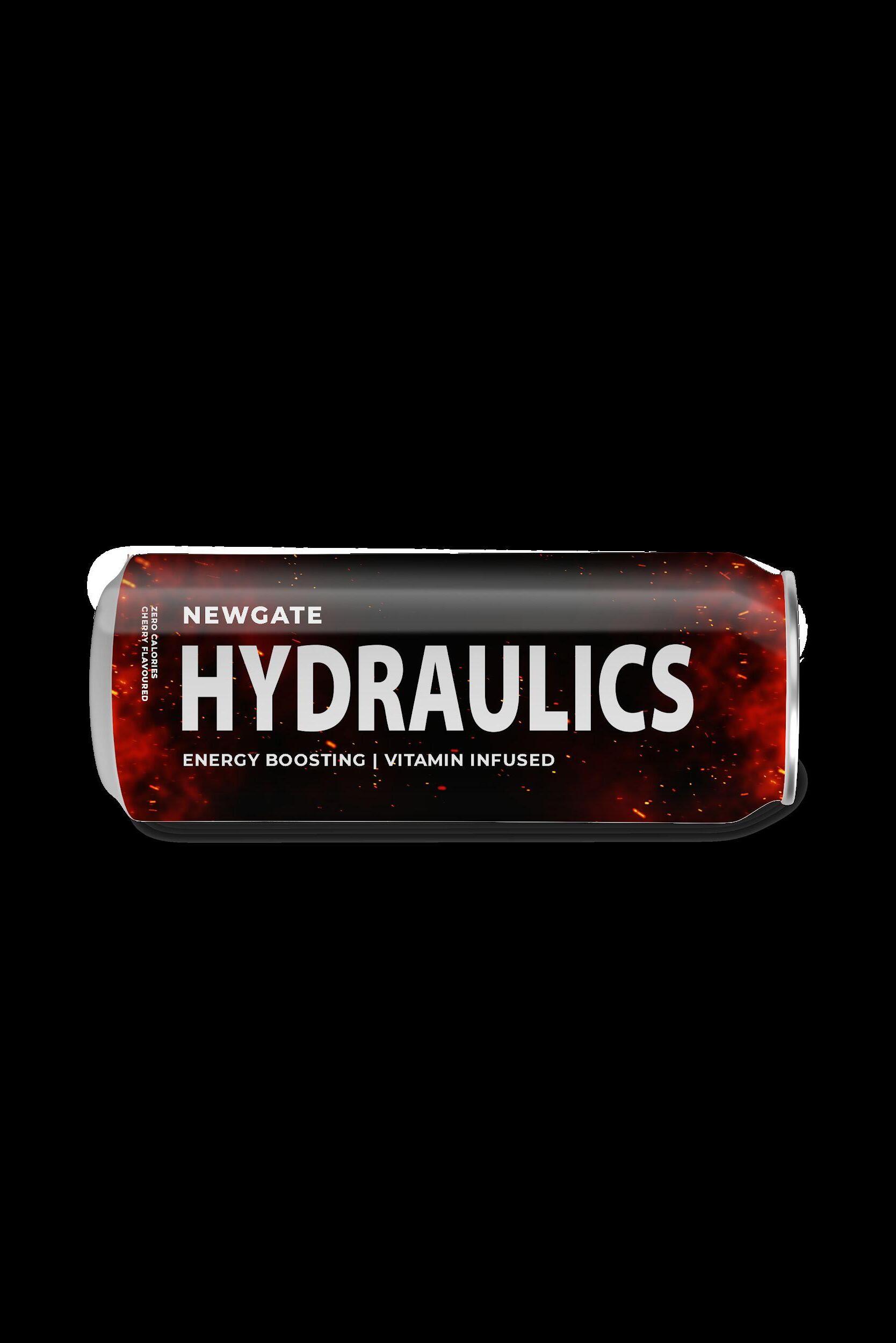



ATNEWGATE,WEHOLDDECADESOFCOLLECTIVE EXPERIENCEINCREATINGCONSUMABLESTHAT ADDRESSTHEDEMANDSOFTHEPUBLICWHILE PROTECTINGTHEIRHEALTH.
HYDRAULICSISNOTJUSTANOTHERENERGYDRINKTO BEFOUNDINYOURLOCALSHOP.EACHFLAVOURIS CAREFULLYCONCOCTEDUSINGTHELATEST INNOVATIONSANDINCLUDESZEROJUNK.
WHENYOU’REPERFORMINGATTHEEDGEOF POSSIBILITY,YOUCANNOTPUTANYOLDCRAPIN YOURBODY.OURDRINKSAREASNATURALASTHEY CANBE,CONSIDERINGTHEMONSTROUSPOWERTHEY PROVIDE.
DRINKRESPONSIBLY–THERE’SALOTOFPOWERIN EACHCAN!




Socioeconomic factors also play a role in vulnerability. Low-income communities often reside in areas with higher pollution levels, such as near industrial sites or major highways. These communities may also have less access to healthcare, making them more susceptible to the harmful effects of pollution. Environmental justice advocates emphasize the need to address these disparities through targeted policies and interventions.
Addressing the health impacts of air pollution requires a multifaceted approach, combining individual actions, public awareness, and robust policy measures. Reducing emissions from industrial sources, motor vehicles, and other pollutants can significantly improve air quality. Policies that promote the use of clean energy, enhance public transportation, and enforce air quality standards are crucial.
Public health initiatives that monitor air quality and provide real-time data can help individuals minimize their exposure during high pollution periods. For example, air quality indices (AQIs) are tools that inform the public about daily air pollution levels and suggest protective measures.
On a broader scale, international agreements such as the Paris Agreement aim to combat air pollution and climate change by reducing greenhouse gas emissions. Urban planning that incorporates green




Life isn’t about finding yourself. Life is about creating yourself.
Doubt kills more dreams than failure
The happiness of your life depends on the quality of your thoughts.
You’ve gotta dance like there’s nobody watching, Love like you’ll never be hurt, Sing like there’s nobody listening, And live like it’s heaven on earth.
You learn more from failure than from success. Don’t let it stop you.
Just because it’s what’s done doesn’t mean it’s what should be done!
The man who has confidence in himself gains the confidence of others.

ANTI-AGING

Intermittent fasting is not about what you eat but when you eat. It involves alternating cycles of fasting and eating and has been practiced for millennia in various cultures and religions. Recent scientific studies have shed light on how intermittent fasting can positively impact health and aging processes, making it an attractive approach for improving
Cellular Repair and Autophagy. One of the critical benefits of intermittent fasting is the activation of autophagy, a cellular repair process. During fasting periods, cells remove damaged components and recycle them for energy, leading to improved cellular function and longevity.
Intermittent fasting influences various
Fasting decreases insulin levels, improving insulin sensitivity and reducing the risk of type 2 diabetes.
- Human Growth Hormone (HGH): Fasting increases HGH production, which supports muscle growth, fat metabolism, and overall cellular repair.
Fasting increases norepinephrine levels, which enhances fat burning and energy expenditure.
Intermittent fasting affects the expression of genes related to longevity and protection against diseases. It activates pathways such as the SIRT1 gene and AMP-activated protein kinase (AMPK), which are involved in the body's stress response and metabolism
Weight Loss and Metabolic Health. Intermittent fasting helps reduce body fat and maintain lean muscle mass by optimizing metabolic functions. It can also lower blood sugar levels, improve insulin sensitivity, and reduce inflammation, contributing to better metabolic health.

Cardiovascular Health.Studies have shown that intermittent fasting can reduce risk factors for cardiovascular disease, including:
● Lowering blood pressure
● Reducing cholesterol levels
● Decreasing triglycerides
● Improving heart rate variability
Brain Health. Fasting enhances brain function by:
● Promoting neurogenesis, the growth of new neurons
● Reducing oxidative stress and inflammation
● Enhancing brain-derived neurotrophic factor (BDNF) levels, which supports cognitive function
Cancer Prevention. Intermittent fasting may reduce the risk of cancer by lowering insulin levels and reducing inflammation. It also enhances the body's resistance to oxidative stress and can improve the effectiveness of chemotherapy.
Longevity. Research in animals has shown that intermittent fasting can extend lifespan by enhancing cellular repair mechanisms, reducing inflammation, and improving metabolic health. While more human studies are needed, the existing data is promising.
Skin Health. Fasting promotes autophagy, which helps repair skin cells and reduce signs of aging. It also decreases oxidative stress, which is a significant factor in skin aging.
1. 16/8 Method: Fast for 16 hours and eat within an 8-hour window.
2. 5:2 Diet: Eat normally for five days and restrict calories to 500-600 for two non-consecutive days.
3. Eat-Stop-Eat: Fast for 24 hours once or twice a week.
4. Alternate-Day Fasting: Alternate between normal eating days and fasting days.
● Start Slowly: Gradually increase fasting periods to allow your body to adapt.
● Stay Hydrated: Drink plenty of water, herbal teas, or black coffee during fasting periods.
● Healthy Eating: Focus on nutrient-dense foods during eating periods to support overall health.
● Monitor Progress: Keep track of your body's response and adjust as needed.
Intermittent fasting offers a promising approach to improving health and promoting longevity. By leveraging the body's natural repair mechanisms and optimizing metabolic functions, intermittent fasting can support weight management, enhance brain health, reduce the risk of chronic diseases, and slow down the aging process. As research continues to evolve, intermittent fasting may become a cornerstone of preventive health strategies and anti-aging interventions.




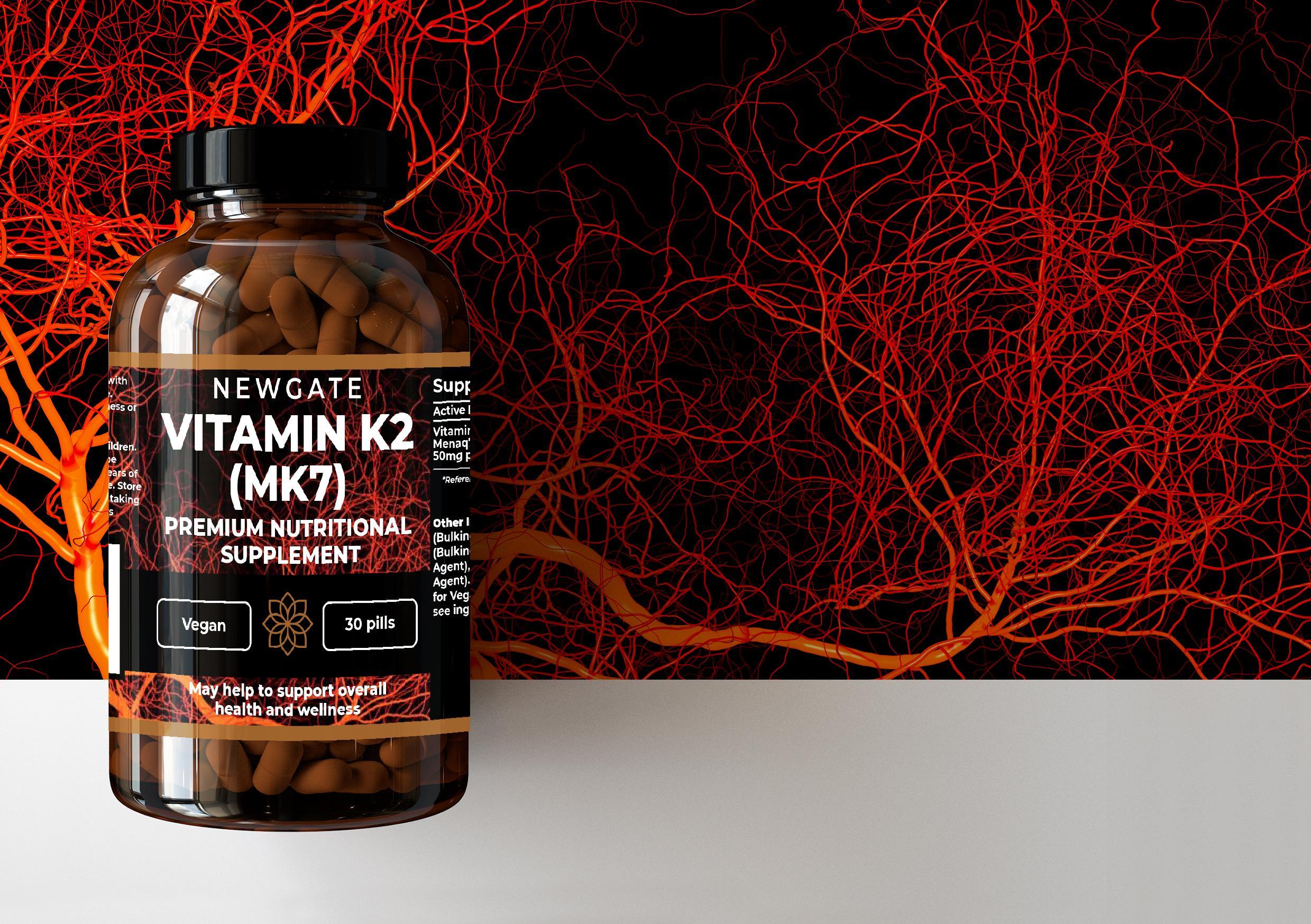




Sun Protection Factor (SPF) is a critical element in skincare, designed to protect the skin from the damaging effects of ultraviolet (UV) radiation. With skin cancer being the most common cancer worldwide, understanding SPF's role in skin protection is vital. This paper will demystify SPF, providing clear and actionable information for both consumers and healthcare professionals.
Understanding UV Radiation. UV radiation from the sun reaches the Earth in three forms: UVA, UVB, and UVC. UVC is mostly absorbed by the Earth's atmosphere and does not reach the surface. However, UVA and UVB rays penetrate the atmosphere and have significant impacts on skin health.
- UVA Rays: These rays penetrate deep into the skin and are primarily responsible for premature aging and wrinkles.
- UVB Rays: These rays affect the outer layer of the skin and are the main cause of sunburn. UVB radiation is also a significant factor in developing skin
How SPF Works. SPF measures the level of protection a sunscreen offers against UVB radiation. The SPF number indicates how long you can stay in the sun without getting sunburned compared to unprotected skin. For example, if you use
an SPF 30 sunscreen, it theoretically allows you to stay in the sun 30 times longer than without protection.
3. History of SPF. The concept of SPF was introduced in the 1960s by Franz Greiter, who developed the first commercially viable sunscreen. Over the years, advancements in formulation and understanding of UV radiation have significantly improved the effectiveness and variety of sunscreens available.
4. Types of Sunscreens Chemical vs. Physical Sunscreens
- Chemical Sunscreens: These contain organic compounds that absorb UV radiation and convert it into heat, which is then released from the skin. Common ingredients include oxybenzone, avobenzone, and octinoxate.
- Physical Sunscreens: These contain mineral ingredients like zinc oxide and titanium dioxide that physically block and reflect UV radiation away from the skin. They are often recommended for sensitive skin as they are less likely to cause irritation.
5. SPF Ratings Explained. SPF ratings range from 2 to 100+, but higher SPF numbers do not necessarily mean significantly greater protection. Here's a breakdown:
- SPF 15: Blocks about 93% of UVB rays.


- SPF 30: Blocks about 97% of UVB rays.
- SPF 50: Blocks about 98% of UVB rays.
- SPF 100: Blocks about 99% of UVB rays.
It's important to note that no sunscreen can block 100% of UV rays, and high SPF numbers can give a false sense of security.
- Quantity: Most people do not apply enough sunscreen. For adequate coverage, use about one ounce (a shot glass full) to cover the entire body.
- Timing: Apply sunscreen 15-30 minutes before going outside to allow it to bind properly to the skin.
- Reapplication: Reapply every two hours, or immediately after swimming, sweating, or towel drying.
- Broad-Spectrum: Choose broad-spectrum sunscreens that protect against both UVA and UVB rays.
- Myth: SPF 50 is twice as protective as SPF 25.
- Reality: SPF 50 provides only marginally better protection (1-2% more) than SPF 25.
- Myth: You don't need sunscreen on cloudy days.
- Reality: Up to 80% of UV rays can penetrate clouds, so protection is still necessary.
- Myth: Darker skin tones don't need sunscreen.
- Reality: All skin types can suffer UV damage, though the risk and visibility of sunburn may be lower in darker skin tones.
8. Conclusion
Understanding SPF is essential for effective sun protection. By choosing right SPF, applying it correctly, and debunking common myths, individuals can significantly reduce their risk of skin damage and skin cancer. This guide aims to equip readers with the knowledge to make informed decisions about sun protection.









Creating a healthier home environment is essential for supporting your overall wellness goals. Your home should be a sanctuary that promotes physical, mental, and emotional well-being. Here are some practical steps to detoxify your living space and create a healthier home environment:
Indoor air quality can significantly impact your health. Here’s how to ensure you’re breathing clean air:
- Ventilation: Open windows regularly to allow fresh air to circulate. Use exhaust fans in kitchens and bathrooms to remove pollutants and moisture.
- Air Purifiers: Invest in air purifiers with HEPA filters to reduce allergens, dust, and pollutants.
- Houseplants: Certain houseplants, like spider plants, peace lilies, and snake plants, can help purify the air by removing toxins.
Many common household products contain harmful chemicals. Reduce your exposure by:
- Cleaning Products: Switch to natural or eco-friendly cleaning products free from harsh chemicals. Vinegar, baking soda, and lemon are excellent natural cleaners.
- Pesticides: Use non-toxic pest control methods. For example, essential oils like peppermint and eucalyptus can deter insects.


- Personal Care Products: Choose personal care products that are free from parabens, phthalates, and synthetic fragrances. Look for organic or natural alternatives.
Plastics can leach harmful chemicals, especially when heated. Minimize plastic use
- Food Storage: Use glass or stainless steel containers instead of plastic ones. Avoid microwaving food in plastic containers.
- Reusable Bags: Use cloth or other reusable bags for shopping instead of plastic bags.
- Water Bottles: Switch to stainless steel or glass water bottles.
Excess moisture can lead to mold growth, which can cause respiratory issues and allergies. To prevent mold:
- Dehumidifiers: Use dehumidifiers in damp areas, such as basements, to control moisture levels.
- Fix Leaks: Repair any leaks in roofs, walls, or plumbing promptly.
- Proper Ventilation: Ensure proper ventilation in bathrooms and kitchens to reduce humidity.
Furniture and decor can off-gas volatile organic compounds (VOCs). To minimize this:
- Eco-Friendly Furniture: Choose furniture made from natural materials, like solid wood, without toxic finishes.
- Organic Textiles: Opt for organic cotton, wool, or linen for bedding, curtains, and upholstery.
- Low-VOC Paints: Use low-VOC or zero-VOC paints and finishes for walls and furniture.
Reduce your exposure to EMFs from electronic devices:
- Wi-Fi: Turn off Wi-Fi routers when not in use, especially at night.
- Smart Devices: Limit the use of smart devices in the bedroom.
- Shielding: Use EMF shielding products, like cases for your phone and laptop.





GATEPOWER THE RIGHT KIND OF ENERGY


SAYNOTOMEDIOCRITYANDGRASPYOURDAYBYTHEHORNSWITH HYDRAULICS.
SUGARANDADDITIVES-FREE,BRIMMINGWITHNOURISHING INGREDIENTS,HYDRAULICSISTHESCIENTIFICALLY-BACKED DRINKABLEDOMINATIONFORTHETHRILL-SEEKERSAND ALL-NIGHTERS,PARTYANIMALSANDGYMFREAKS.
CELEBRATEOURUNIFYINGDRIVETOPERFORMATOURMOST POWERFULANDACCENTUATEYOURADRENALINEWITHHYDRAULICS’ TERRIFIC-TASTINGTECTONICPOWER.
OUTRUNTHEREST.BETHEBEST.













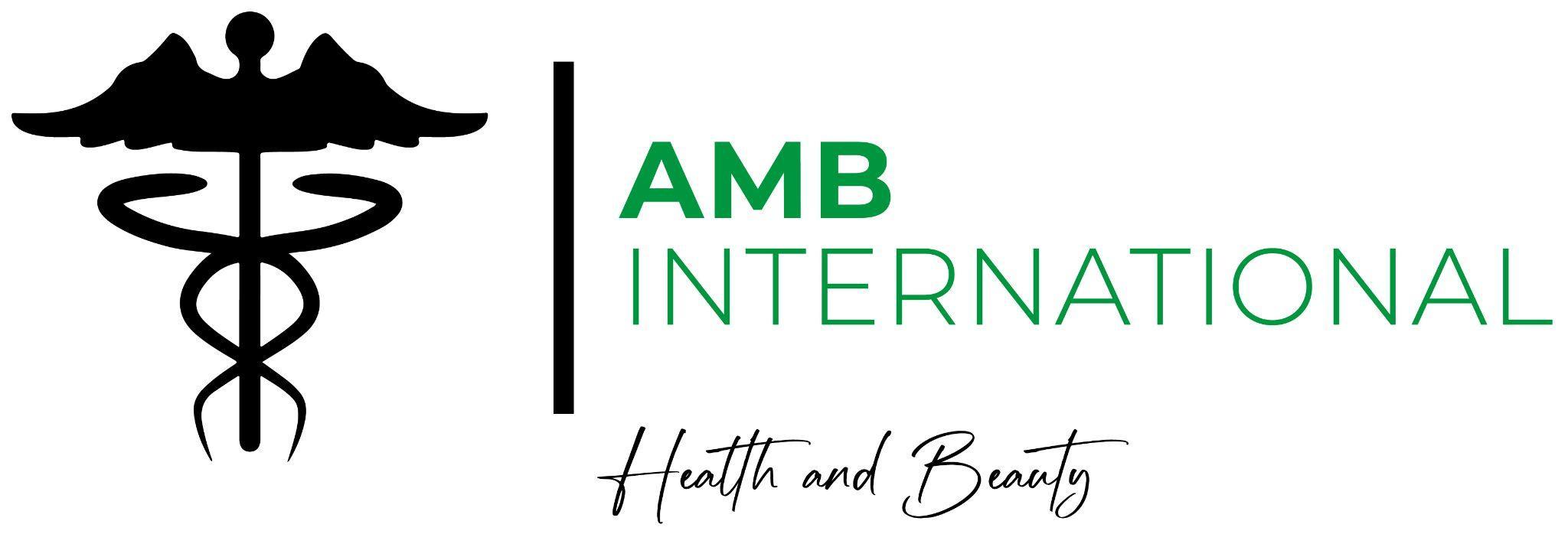


AMBINTERNATIONALestunesociété algérienneactivedansledomainedes complémentsalimentairesetproduits
Adresse:RN04ORAN-TLEMCEN,local03, lesamandiers,ORAN,ALGÉRIE












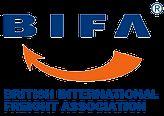





Located in Rainham, Kent, Associated Veterinary Services is a Royal College of Veterinary Surgeons (RCVS) registered veterinary practice, specialising in the export health certification of products that are of animal origin and live animals. It provides veterinary Inspections of commodities for export, legal advice relating to export certifications, and technical support relating to import permits and export procedures. Furthermore, AVS also provide comprehensive education training which teaches exporters how to obtain highly valued import permits, and helps them discover new export opportunities. Led by its founder and owner, veterinary surgeon Doctor Veneta Kozhuharova (DVM, MRCVS, Cert. CFVHNut), AVS delivers its services nationwide.
The practice’s strong and versatile team consist of Animal and Plant Health Agency (APHA) approved and highly experienced veterinarians, alongside support certification officers. As a team, they have successfully certified thousands of consignments of products that are of animal origin, and animal by-products. Catering to individuals, and multinational organisations, AVS serves a vast array of industry sectors, including retail, food, pet food, leather, taxidermy, and laboratory and research institutions. The company focuses on delivering a high quality and reliable export service, customised to the client’s business needs where necessary. It has a multitude of experience working to extremely tight deadlines, and frequently accommodates clients that are in that type of scenario – displaying complete flexibility.
In November 2021, AVS introduced export certification of pet horses, race horses, and commercial exports such as zoo ungulates. In January 2022, AVS launched Small Animal Export Certifications, which will include pet travel and commercial exports, including zoo animals. By launching new services, AVS continues to develop its reputation as reliable organisation within the animal health industry. Its talented team have a breadth of expertise and knowledge, and works closely with businesses to simply the certification process."

Associated Veterinary Services Limited, 24A Longley Road, Cranford House, Rainham, Kent, ME8 7RU T 07401983491
info@associatedvetservices.co.uk www.associatedvetservices.co.uk



From ideation to bottling, every Wonderful product is created right here in the UK at our innovative facility.
Aligned with all national standards and safety regulations, Wonderful takes best practices seriously and pledges never to use any substandard ingredient or process. Your skin deserves that much! www.WeAreWonderful.co.uk


We create and deliver quality products that enrich both inner and outer beauty – that is our mission. We believe that if you start with wellness and mindfulness, you can also achieve self-confidence and balance; the precursors to radiant beauty.
Our ethical, fair trade company believes in the old Latin saying, “Mens Sana in Corpore Sano,”“a healthy mind in a healthy body;” and we take a holistic approach towards helping you achieve this goal. Leading from this, Newgate’s products encompass a range of natural-based, efficient supplements, all manufactured, tested, and packaged in the UK.
www.newgate.org.uk info@newgate.org.uk
Newgate Labs Ltd.
HEAD OFFICE 71-75 Uxbridge Road
London W5 5SL
United Kingdom
WAREHOUSE AND DISTRIBUTION 55 Lombard Rd
London SW11 3RX
United Kingdom
Office: +44 (0) 207 228 6051 Mobile: +44 (0) 7493 203305